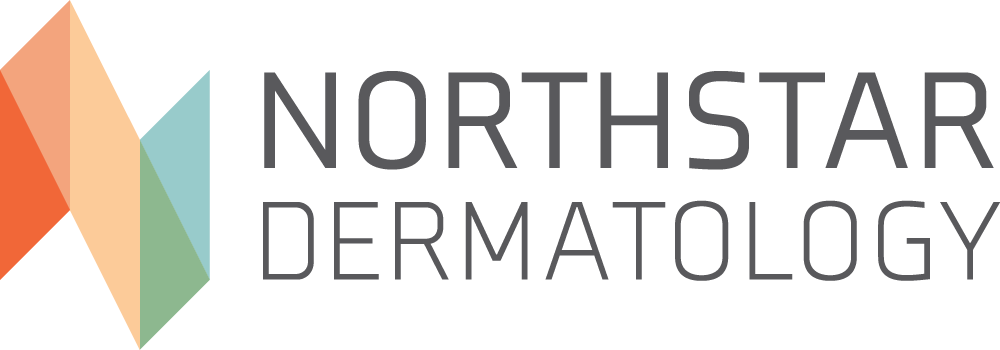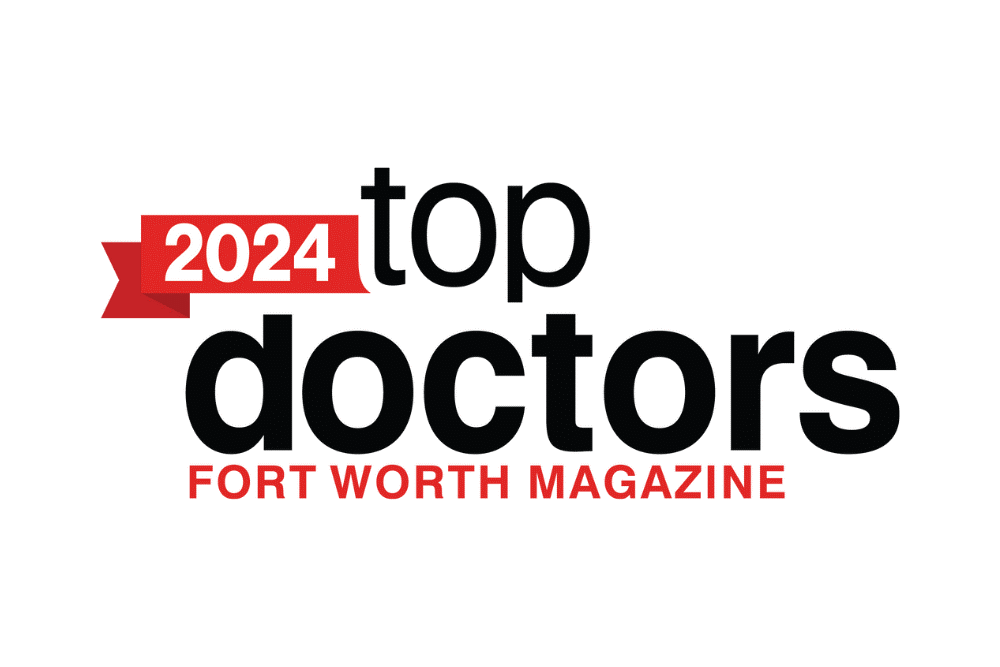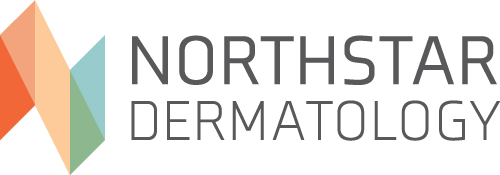Stretch marks or striae affect nearly 90 percent of pregnant women, but you don’t have to be pregnant to develop stretch marks.
Causes of Stretch Marks
Stretch marks are common and usually develop in skin that has been pulled and stretched consistently over time. This stretching damages connective tissue fibers and blood vessels. Medications and medical conditions that weaken or thin the skin can increase the risk of stretch marks. Risk factors for stretch marks include:
- Pregnancy
- Rapid weight gain
- Steroid medications
- Cushing’s syndrome
- Diabetes
- Obesity
- Hormonal changes
Weight lifters or body builders may develop stretch marks with rapid muscle growth.
Symptoms of Stretch Marks
Stretch marks typically appear as linear streaks or marks on the skin. They range in color from pink to deep red or purple. They often occur on the abdomen, breasts, thighs, buttocks or upper arms.
Most stretch marks are painless, although some individuals complain they can be uncomfortable or itchy.
You may be more likely to develop stretch marks if others in your family have them or if you have a dark complexion.
Treatment for Stretch Marks
There is no treatment that can completely get rid of stretch marks, although it is possible for them to become less noticeable.
Over time, some striae may fade on their own. If stretch marks are bothersome or are a cosmetic concern, your dermatologist can discuss potential treatment options to improve their appearance. Treatment options include:
- Topical creams and gels – There are many products that can be applied directly on the skin, but most have shown limited effectiveness. New or fresh stretch marks may respond better to topical treatments including topical retinoids. Products containing retinoids should not be used during pregnancy.
- Laser or light therapy – Different types of lasers may be used, depending on the color of the stretch marks. Laser therapy works by heating the skin to stimulate collagen production, shrink damaged blood vessels, and rejuvenate surface skin.
- Dermabrasion –By gently removing the top layer of skin cells, dermabrasion or microdermabrasion stimulates the growth of new, healthier skin cells. This may produce mild improvement in the appearance of older stretch marks.
While these treatments may lessen the redness and improve the appearance of stretch marks, they likely will not make them go away completely.
If you have stretch marks, talk with your dermatologist about the best treatment options for your skin.




